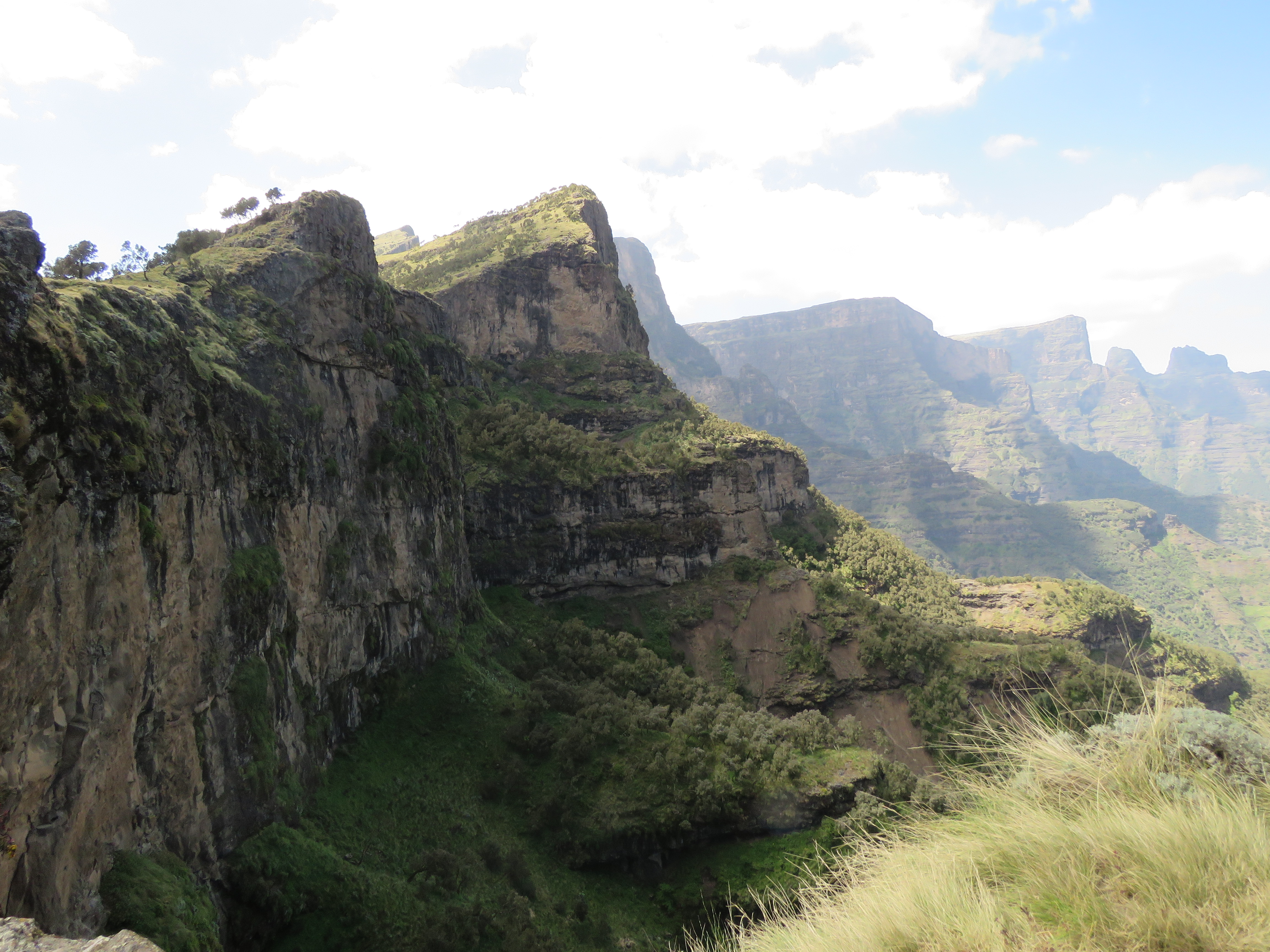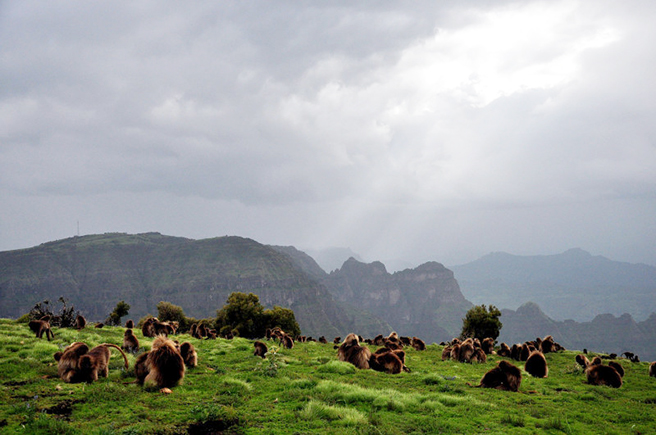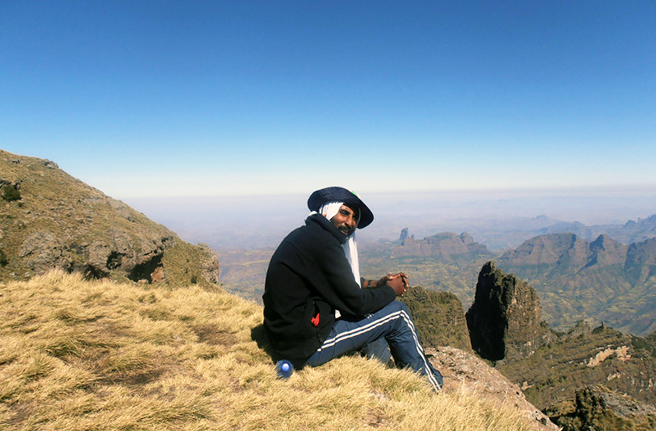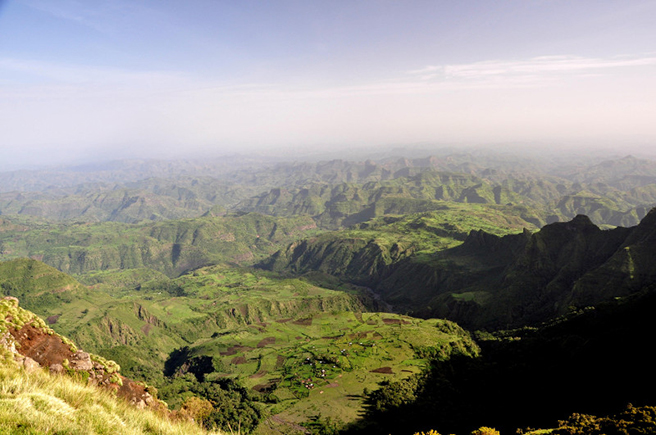Investing in trekking guides in Simien Mountains Ethiopia

Shiferaw Asrat began his career as a trekker guide in Ethiopia’s Simien Mountains National Park. He is also one of the business partners of Limalimo Lodge, a high-end ecolodge being built in the park with financing from AWF subsidiary African Wildlife Capital. Shiferaw describes the challenges, rewards and early mornings that come with the job.
Q: How did you become a trekker guide?
A: After finishing school, I worked for a couple of years as an assistant guide before qualifying as an official guide. I started working with international tour companies on a regular basis, which meant that during the five months of peak season, I was almost always in the mountains. I eventually founded my own tour business so I now organize whole tours, only some of which I guide.

Q: Describe your average day.
A: When I am guiding the day starts at dawn, which is not even as early as the cooks on trek. I have breakfast with the group, brief them for the day and answer any questions. At around 8 a.m. we set off trekking. The path often looks easy, but with the elevation people quickly start to get out of breath.
When we reach camp I make sure everyone is happy and has everything they need. I eat dinner with the group, giving more background on the Simiens and answering questions.
Q: What are the challenges and rewards of this work?
A: The biggest challenge is catering to everyone’s needs. This often includes regulating the speeds at which people walk and determining what their interests are. Sometimes there will be keen birdwatchers that want to know everything about the birds, whilst others prefer the flora and still others who just want to admire the views in silence. Balancing these needs and seeing that everyone is enjoying themselves is the greatest reward.

Q: What has been your most memorable moment as a trekker guide?
A: Unfortunately my most memorable moment was also the scariest. In the middle of the night, we had to carry a trekker down the mountain due to serious medical complications far beyond any first aid training I had received. There are no mountain rescue helicopters in Ethiopia and no network connection in the Simiens. We made a stretcher and carried her through the night from the remote campsite to the road, not knowing if we would find any transport there. Luckily we did, and after three hours on a terrible road, we managed to bring her to hospital. Thankfully they were able to treat her, and we are still in touch today.
Q: What impressions do visitors get from Simien Mountains National Park?
A: Most visitors are taken in by the breathtaking views over the escarpment to the lowlands of northern Ethiopia, whose elevation is around 2000 m. Having the chance to get so close to the large groups of gelada monkeys is very often a highlight of people’s treks there as well.
Q: What challenges does the park face that affects your job?
A: As with all of Ethiopia, the Simien Mountains are seeing an increasing number of visitors. While it is great that people want to come and visit Ethiopia, facilities in the park are very basic and would benefit from better management, but there is a lack of resources to do this. When there are large numbers of tourists, campsites become overcrowded. Any complaints that I do get are nearly always about the condition of the campsites and their very basic conditions.

Q: What assets are essential to your job as a trekker guide, be it communication skills, navigational know-how, wilderness training, etc.?
A: Communication skills are probably the most important for many reasons. I want to of course tell visitors everything about the park, but they have nearly always seen more around the world than I have so it is also important—and interesting—to listen to them about their travels.
Q: What did you learn from the AWF-funded trekker training?
A: The training was great because it allowed us to learn from people who had an abundant experience of guiding. It was also important that we got the chance to learn about other national parks and how they compare to our own. I think many people working in the park would benefit from learning and seeing what other national parks do.
